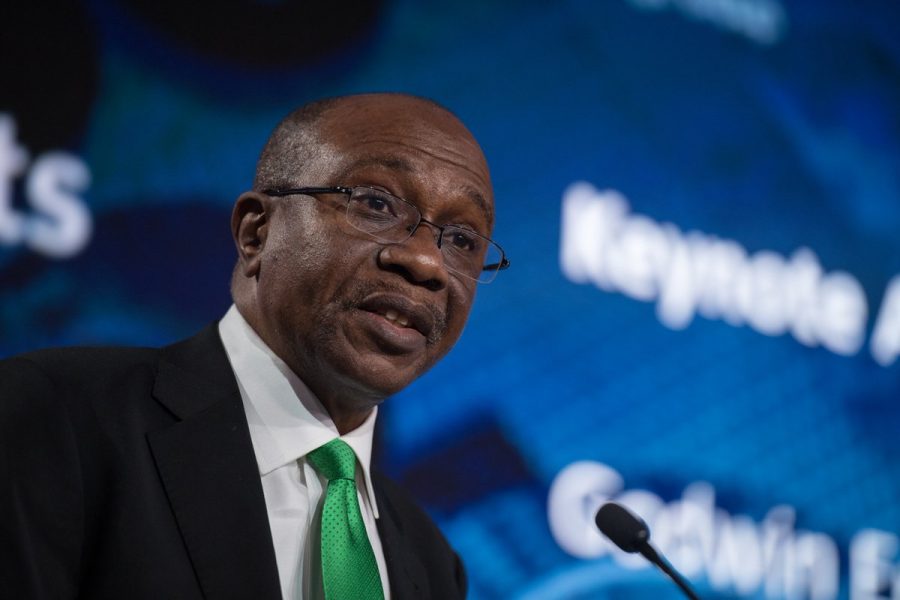The new National Financial Inclusion Strategy (NFIS), which was recently revised by the Central Bank of Nigeria (CBN), was finally disclosed yesterday.
The CBN redesigned the NFIS with the objective of ensuring that come 2020, more adult Nigerians (at least eighty percent of them), can easily access financial services.
Consequently, the new document outlined the strategies that need to implemented in order to actualise Nigeria’s financial inclusion quest.
“The Strategy defined a set of targets for products, channels and enablers of financial inclusion. The KPIs were defined, based on the various dimensions of financial inclusion, including access, usage, affordability, appropriateness, financial literacy, consumer protection and gender. The NFIS proposed strategies for each of these elements, which included a comprehensive set of policy and regulatory changes as well as suggested business models. In the implementation of the Strategy, the targets were further tailored to reflect the needs and challenges of individual financial service providers (FSPs).” -CBN
The NFIS at a glance
Nigeria’s apex bank, the CBN, adopted the NFIS in 2012. The Strategy articulated the demand-side, supply-side and regulatory barriers to financial inclusion. It also identified areas of focus, set targets, determined key performance indicators (KPIs), as well as established implementation structure.
The NFIS was built on four strategic areas of agency banking, which include -mobile banking/mobile payments, linkage models and client empowerment.
More so, the Strategy defined a set of targets for products, channels and enablers of financial inclusion. The KPIs were defined, based on the various dimensions of financial inclusion, including access, usage, affordability, appropriateness, financial literacy, consumer protection and gender.
What the revised strategy is aimed at
According to the CBN, the revised NFIS is aimed at reducing “the proportion of adult Nigerians that are financially excluded to 20 per cent in the year 2020 from it baseline figure of 46.3 per cent in 2010.”
Nigeria’s financial inclusion puzzle
Note that a total of 40.1 million adult Nigerians (about 41.6 per cent of the adult population) were financially excluded in 2016. Out of this number, 61.4% were between the ages of 18 and 35, and 55.1% were women. Also, 34.0% had no formal education even as 80.4% resided in rural areas.
Meanwhile, the revised strategy has revealed that some demographics were excluded from the earlier strategy. These include 46.5% of the females, 52.5% of those in the rural areas, 53.5% of youths aged 18 to 25, 70% of those from the North West, and 62% of those from the North East. More so, MSMEs were also peculiarly excluded from financial services.
Now, the CBN has emphasised that “the aforementioned demographic (women, rural areas, youth, Northern geopolitical zones and MSMEs shall be the primary focus of intervention in this revised NFIS.”























